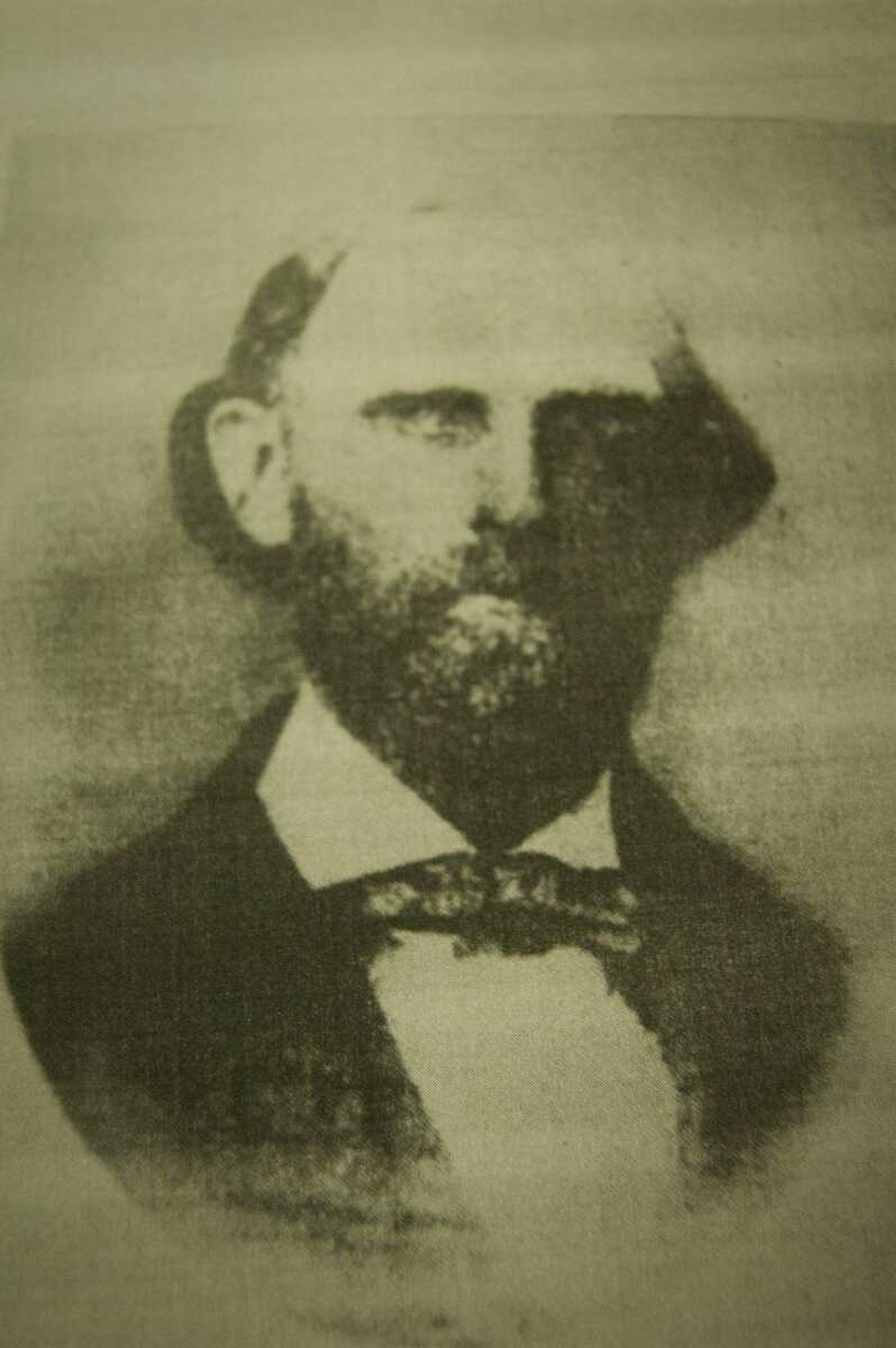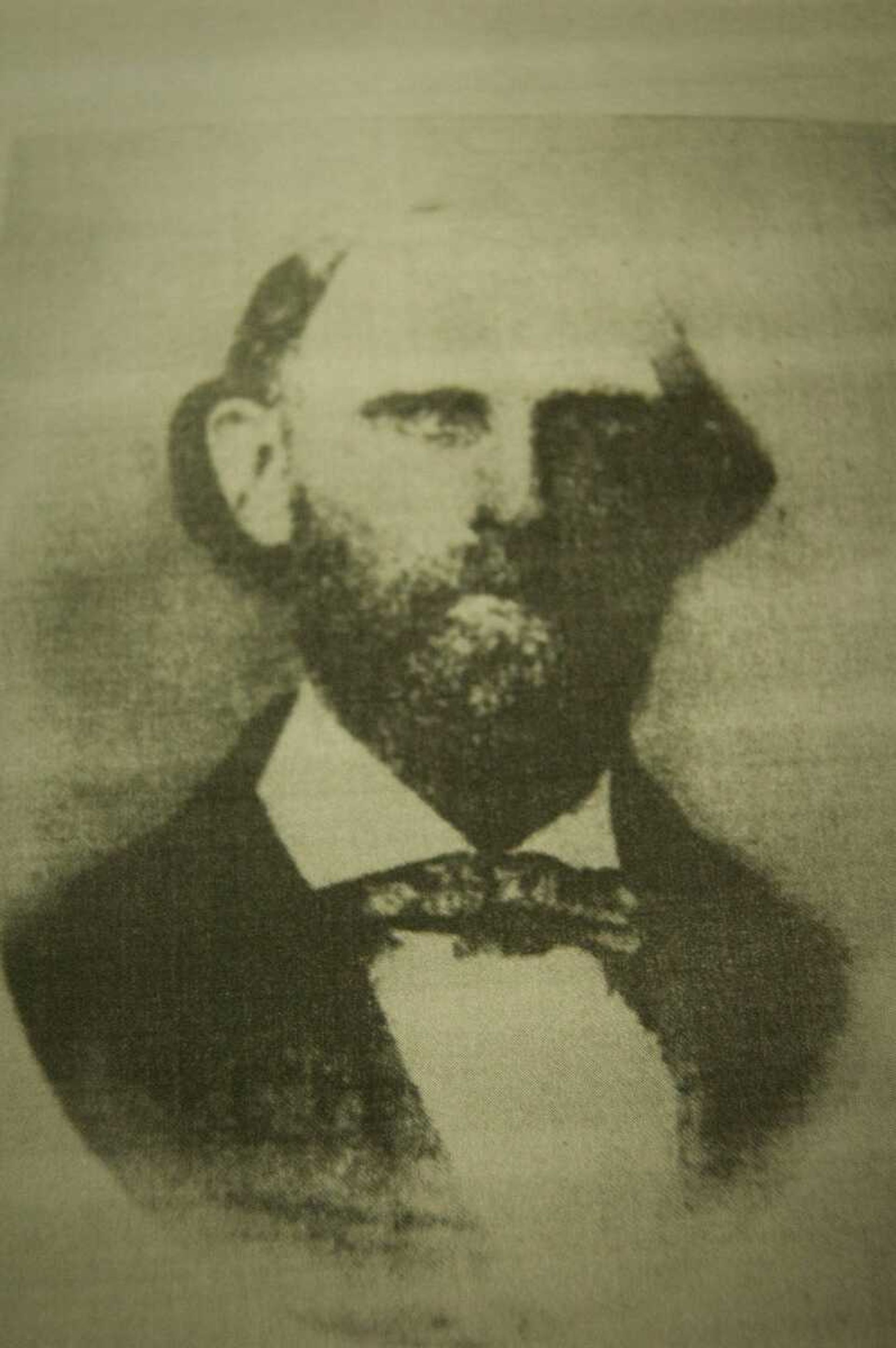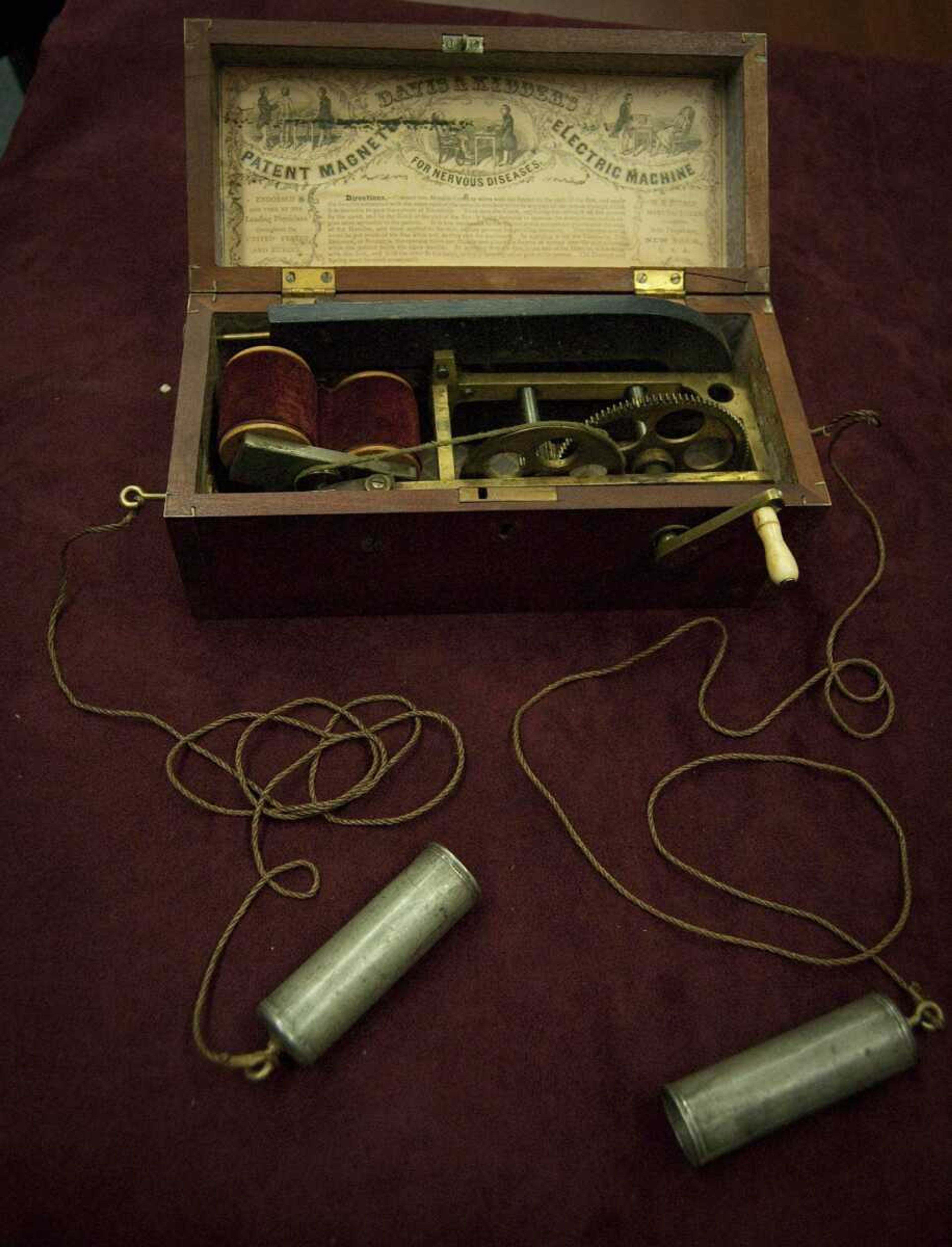Botched 1870 execution was 'Missouri's Hanging Horror'
Among Civil War stories that took place in Stoddard County, one in particular stands out. In its day, the story is said to have appeared in newspapers from coast to coast. At a recent meeting of the Stoddard County Historical Society, Lyle Randolph of Clarkton was the guest speaker and related the story of a Confederate general who had been shot in Clarkton, Mo., shortly after the Civil War...
Among Civil War stories that took place in Stoddard County, one in particular stands out. In its day, the story is said to have appeared in newspapers from coast to coast.
At a recent meeting of the Stoddard County Historical Society, Lyle Randolph of Clarkton was the guest speaker and related the story of a Confederate general who had been shot in Clarkton, Mo., shortly after the Civil War.
Robert Vinkler Richardson was born in Tennessee in 1820. After spending his childhood growing up on a farm, he later attended a small college in Tennessee, where he studied law.

After college he was commissioned as a Colonel in the Tennessee State Militia in 1840. He later moved to Memphis to practice law and began acquiring large amounts of land. He reportedly owned more than 100,000 acres in Arkansas and in Bootheel swamplands by the beginning of the Civil War. In 1848 he began requesting funding from the government for a ferry that would run from New Madrid to Tennessee.
At this time, he and a gentleman named Henry Clark began building a plank road through the swamps from New Madrid to Clarkton. Even though the road was completed, it was burned in the war.
Around the same time, the governor of Tennessee promoted Richardson to Brigadier General of the 12th Regiment Cavalry in Tennessee. The appointment never became official, however, because the Senate rejected the promotion. He remained a colonel.
Throughout his military tenure, he received several reprimands. Richardson was considered an "outlaw in charge of an outlaw band of cavalrymen." Following a stint in prison, he was paroled in Mississippi in 1865 and traveled to New York to raise money for the Southern cause. He eventually settled back in Memphis and continued to buy more and more land.
During the winter of 1869-1870, however, a trip to Clarkton proved fatal for Richardson.
All that is known for sure is that at 9 p.m. he stepped outside of his hotel for a drink and was killed by a shotgun blast.
Despite conflicting confessions surrounding the incident, John Skaggs was arrested in Kennett, Mo., and charged with the murder. Because of the publicity, he requested a change of venue to Bloomfield, Mo. The motion was granted.

Following a trial, he was found guilty of murdering Richardson and sentenced to hang in July 1870.
Randolph has numerous letters that were sent to the governor by prominent Dunklin County officials asking that Skaggs' sentence be commuted. At the same time, residents of Clarkton were sending letters requesting that the execution be carried out in an effort to curb the crime that had become a problem in the town.
In 1870 a gallows was constructed about 50 yards from the new Stoddard County Courthouse.
Skaggs was put on the gallows. When the trap dropped the noose slipped around so he hung for nine minutes before being cut down and confirmed dead. His neck, however, was never broken.
Two local doctors, Robert Jackson Jr. and Joseph F. McDonnell, took possession of Skaggs' body. According to an article that ran in The New York Times on Sept. 1, 1870, he was taken into a small room in the courthouse.
The doctors then placed two electrodes in his hands, connected to the Davidson-Kitters Patented electrical magneto. They then began cranking on the machine and continued for 15 hours.
During those 15 hours, on numerous occasions, the doctors found a pulse and heard noises coming from the body, according to historical reports.
The sheriff at the time came in and ordered the doctors to stop.
"My orders were to hang him until he was dead, dead, dead," he said, according to The New York Times article. Both doctors reportedly told him that he had done his job.
Throughout the night, several others came to state their objections, including a lawyer who questioned what would happen if they did bring him back. Would he have to be hanged again? Would he be free to go?
A pastor came in at one point as well, invoking numerous religious objections.
Shortly after, the sheriff reportedly yanked the wires from the machine and refused to return them. There are conflicting reports about what next occurred. Some people said Skaggs opened his eyes, while others say he never did. There does seem to be a consensus that he had a pulse and was making "gurgling noises."
He died officially a few hours later. His body was laid to rest by a small creek outside of town.
The botched execution at Bloomfield gained national attention, literally earning the headline, "Missouri's Hanging Horror."
Connect with the Southeast Missourian Newsroom:
For corrections to this story or other insights for the editor, click here. To submit a letter to the editor, click here. To learn about the Southeast Missourian’s AI Policy, click here.










